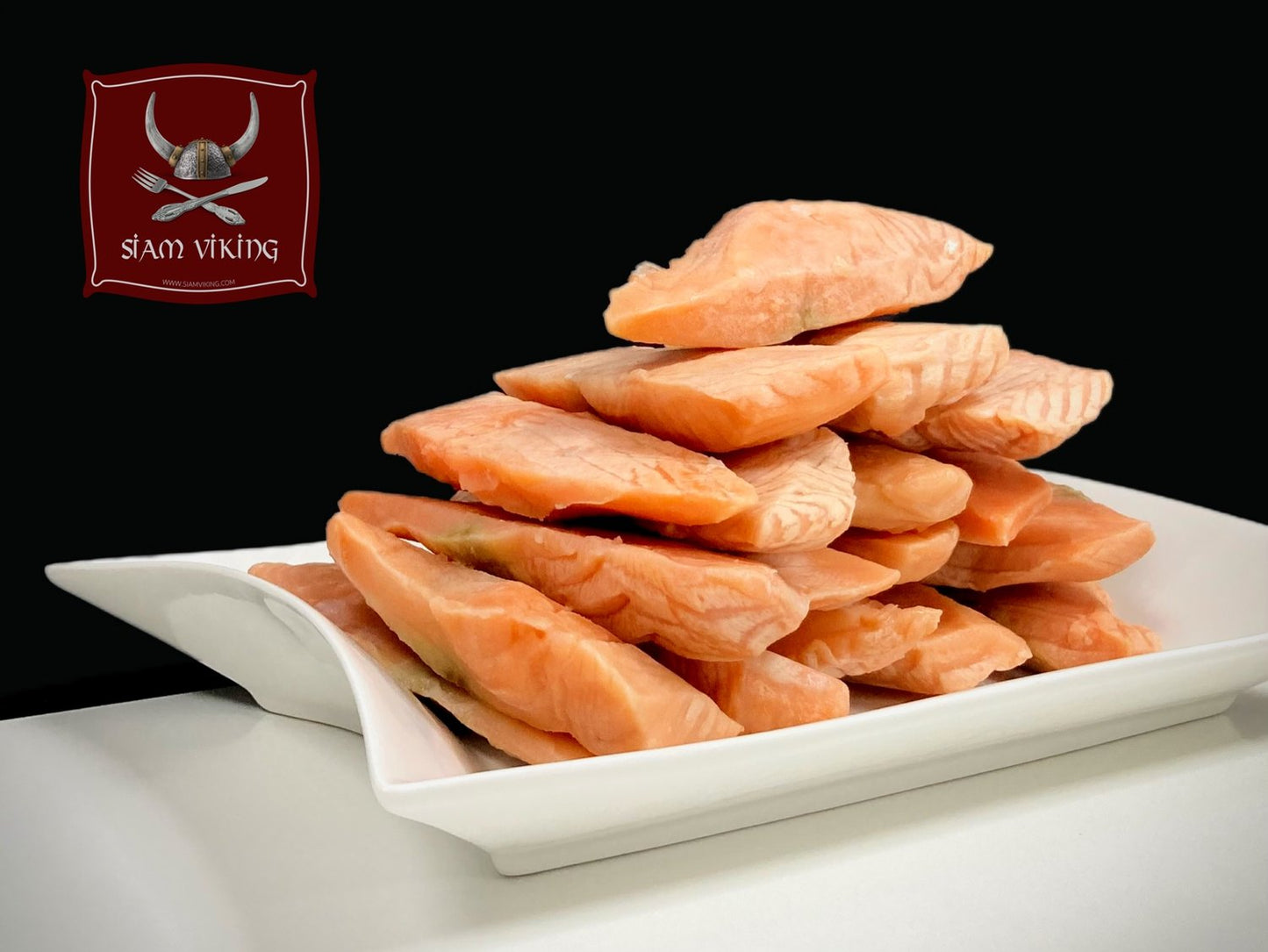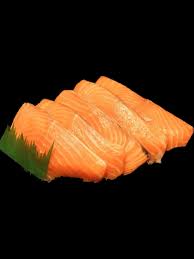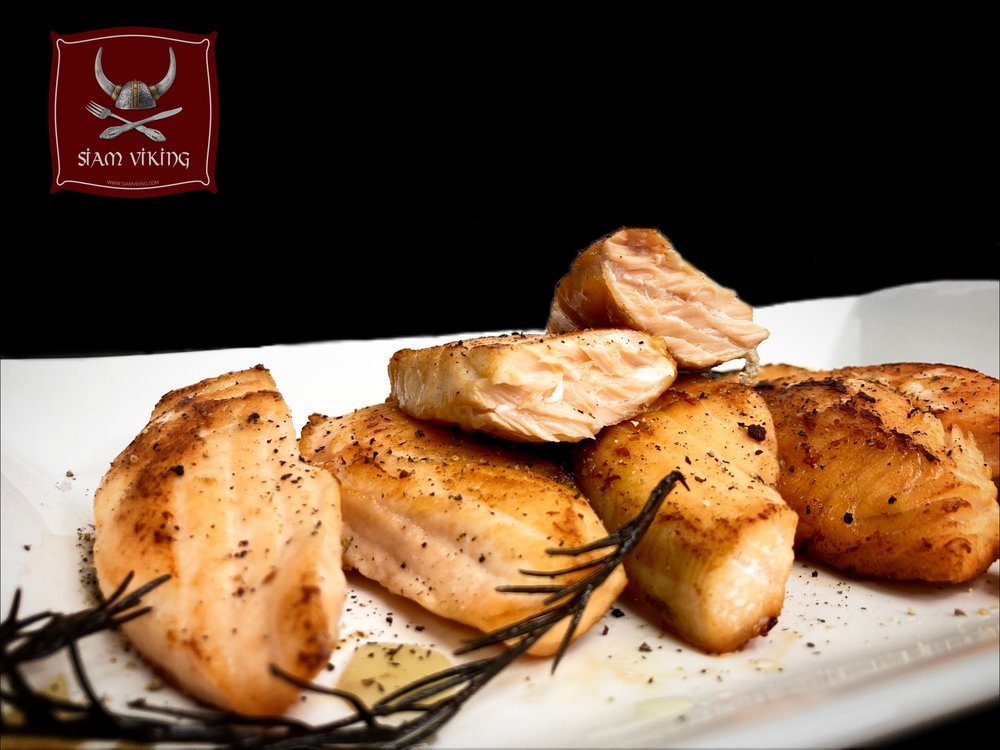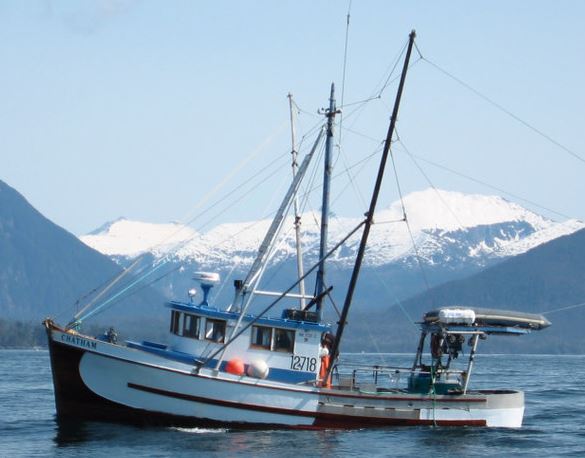Siam Viking
Salmon filet Kirimi cut, Wild Caught, Line Fished Bering sea, 1 kg
Salmon filet Kirimi cut, Wild Caught, Line Fished Bering sea, 1 kg
Couldn't load pickup availability
Salmon Filet Kirimi Cut: Wild-Caught from the Bering Sea
Elevate your dining experience with our Salmon Filet Kirimi Cut, wild-caught salmon sourced from the bountiful waters of the Bering Sea. Our salmon is exclusively wild-caught, thriving in the natural habitat of the Bering Sea. This ensures that each Kirimi cut is delivering the purest seafood experience.
Versatile Culinary Canvas:
The Kirimi cut lends itself beautifully to an array of different dishes. Whether you prefer grilling, broiling, pan-searing, the Kirimi portion cuts make it very easy to add delicious salmon to all kinds of pasta, salads or just serve them fried as a snack.
Honoring Sustainability:
We hold a deep commitment to preserving the ocean's delicate balance. By choosing our Salmon Filet Kirimi Cut, you are supporting sustainable fishing practices and the responsible sourcing of wild-caught salmon.
Why Hook and Line Fishing
- Selective and Low Impact Fishing Method: Hook and line fishing is a highly selective method, which means that fishermen can choose their catch carefully. This selectivity minimizes bycatch, the unintended capture of non-target species. By using hooks and lines, fishermen can significantly reduce the risk of harming marine life that isn't meant for harvest, such as seabirds, turtles, and other fish species.
- Reduced Habitat Impact: One of the critical advantages of hook and line fishing is its minimal impact on the seafloor and marine habitats. Unlike some other fishing methods that involve trawling or dredging, hook and line fishing doesn't damage the sensitive ecosystems on the ocean floor. This makes it an eco-friendly choice for preserving the Bering Sea's diverse habitats.
- Preservation of Fish Stocks: Hook and line fishing supports the sustainable management of fish stocks in the Bering Sea. Fishermen have the flexibility to release undersized or non-target species alive, allowing them to grow and reproduce. This responsible approach contributes to maintaining healthy fish populations, which is essential for the long-term viability of fisheries.
- High-Quality Seafood: Hook and line fishing typically results in high-quality seafood products. The fish are brought on board individually, which minimizes bruising and damage. This gentle handling process ensures that consumers receive premium, fresh, and undamaged seafood, making it a preferred choice for consumers who value taste and quality.
- Economic Benefits: The Bering Sea's fisheries are a vital economic resource for both Alaska and the United States. Hook and line fishing provides livelihoods for numerous fishing people in the region. By adopting sustainable practices, it supports the long-term economic viability of fishing and the communities that rely on it.
- Meeting Consumer Demand: In recent years, there has been a growing demand for sustainable seafood. People are increasingly conscious of the environmental impact of their choices and prefer products that are harvested responsibly. Hook and line fishing in the Bering Sea aligns with this demand for sustainable and ethically sourced seafood.
- Contribution to Ecosystem Health: By participating in hook and line fishing, fishermen play a part in maintaining the overall health of the Bering Sea ecosystem. Sustainable fishing practices help keep the marine food web in balance, ensuring the well-being of both predator and prey species.






All Products
Here you find all products of the shop in alphabetical order.
-
Angus Beef for Stew – Grass-Fed, Locally Sourced
Regular price 475.00 ฿ THBRegular priceUnit price per -
Arugula (Rocket)
Regular price From 80.00 ฿ THBRegular priceUnit price per -
Atlantic Cold Water Shrimp – Wild-Caught
Regular price From 380.00 ฿ THBRegular priceUnit price per -
Basil, Italian, Organic,
Regular price 79.00 ฿ THBRegular priceUnit price per










